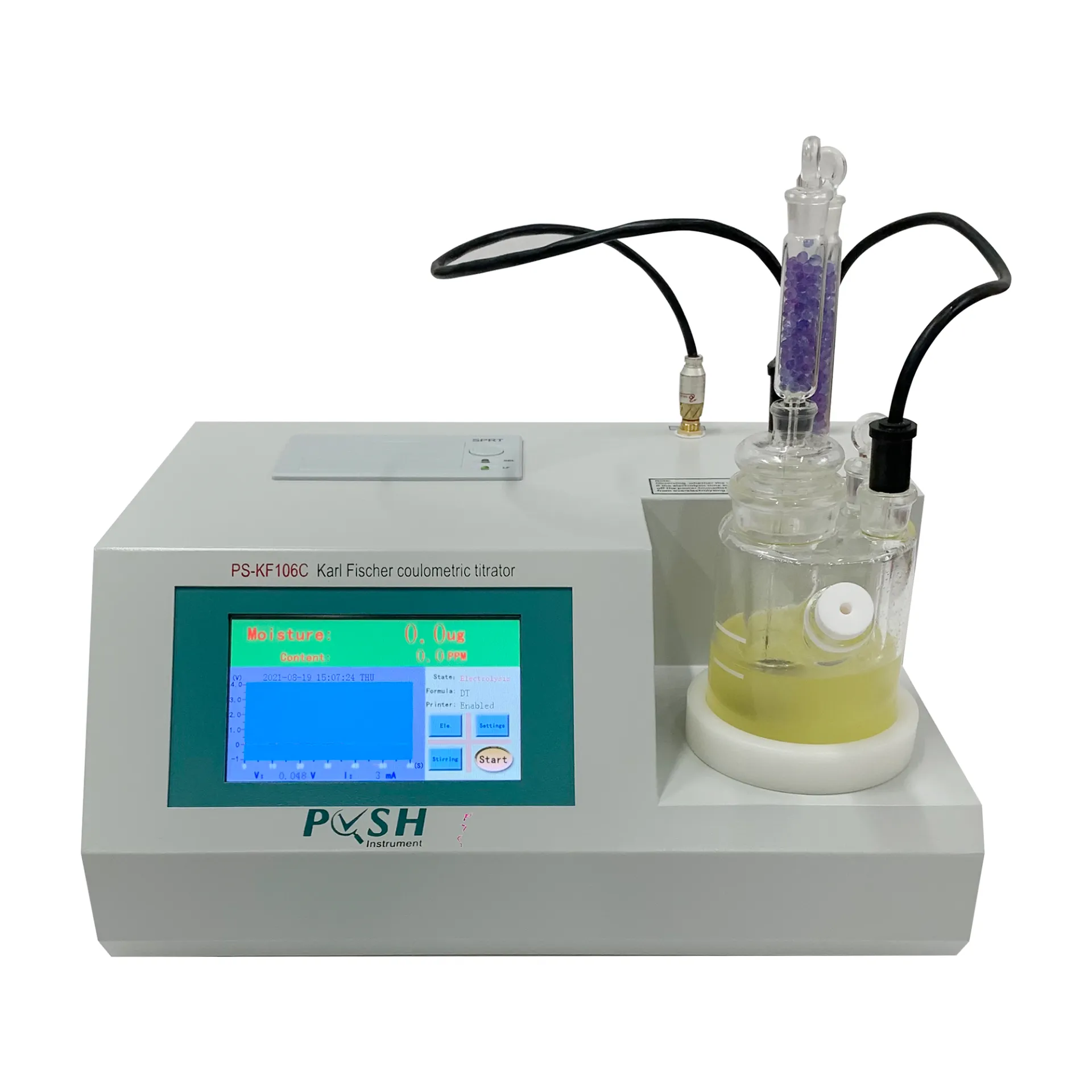 English
English


Evaluating the Impact of Bushing Tests on Transformer Performance and Reliability Assessment
Bushing Test in Transformers An Essential Maintenance Procedure
Bushing tests are critical assessments used to evaluate the integrity and performance of transformer bushings, which are crucial components in transformer design. Transformer bushings are insulators that provide a path for electrical current to enter and exit the transformer while maintaining electrical isolation from the surrounding environment. Given their critical role, regular testing of these bushings is vital to ensure the reliability, safety, and efficiency of transformers, which are central to power distribution systems.
Importance of Bushing Tests
The primary purpose of bushing tests is to detect potential issues that could lead to failures, such as insulation breakdown, moisture ingress, or physical damage. Transformer failures, often triggered by bushing issues, can result in costly downtime, extensive repairs, and serious safety hazards. Thus, routine bushing testing is an integral component of transformer maintenance, providing early diagnosis that helps prevent catastrophic failures.
Types of Tests Conducted
Several different types of tests are performed on transformer bushings. Each test aims to assess specific parameters
1. Capacitance and Power Factor Testing This test measures the capacitive reactance of the bushing and its power factor. Changes in capacitance and an increase in power factor indicate deterioration of the insulation material, potentially leading to insulation failure.
2. Insulation Resistance Testing This test evaluates the resistance of the insulation material within the bushing. High insulation resistance is crucial for preventing electrical leaks, while low resistance may indicate insulation degradation or moisture ingress.
bushing test in transformer

3. Dissipation Factor Testing The dissipation factor, also known as the tan delta, assesses energy losses in the bushing insulation. A rising dissipation factor can be a sign of insulation aging or contamination.
4. Sweep Frequency Response Analysis (SFRA) This diagnostic test analyzes the frequency response of the bushing, helping to identify mechanical changes, such as deformities or displacements within the insulation structure.
5. Visual and Physical Inspection A thorough visual inspection can reveal cracks, signs of overheating, or oil leaks around the bushing. Physical inspections may also check for secure connections and correct alignment.
Safety and Best Practices
When conducting bushing tests, safety is paramount. Technicians must adhere to strict safety protocols to prevent electrical hazards associated with high voltages. Additionally, the testing environment should be controlled to minimize the risk of false readings caused by external factors such as temperature fluctuations or electromagnetic interference.
Proper preparation before testing is also crucial. This includes ensuring that the transformer is isolated from the power supply and that all test equipment is correctly calibrated and rated for the intended measurements.
Conclusion
Bushing testing is an indispensable process in transformer maintenance that directly contributes to the reliability and longevity of electrical systems. By implementing regular bushing tests, operators can detect potential issues early, allowing for timely intervention and repairs. This not only mitigates the risk of unexpected transformer failures but also ensures the continued smooth operation of electrical distribution networks. As technology advances, the development of more sophisticated testing methods promises to enhance the effectiveness of bushing diagnostics, further bolstering the reliability of power transformers in the years to come.
-
Differences between open cup flash point tester and closed cup flash point testerNewsOct.31,2024
-
The Reliable Load Tap ChangerNewsOct.23,2024
-
The Essential Guide to Hipot TestersNewsOct.23,2024
-
The Digital Insulation TesterNewsOct.23,2024
-
The Best Earth Loop Impedance Tester for SaleNewsOct.23,2024
-
Tan Delta Tester--The Essential Tool for Electrical Insulation TestingNewsOct.23,2024





